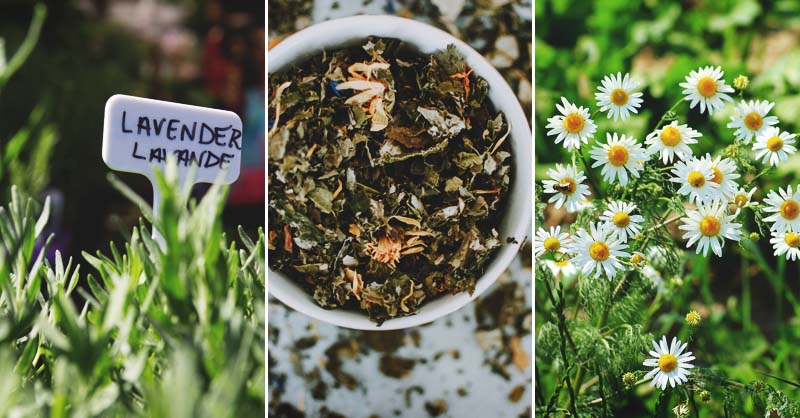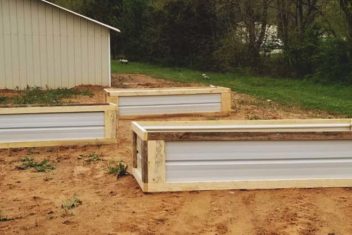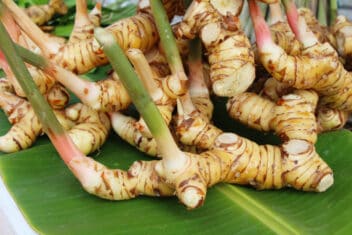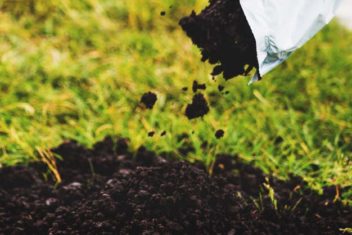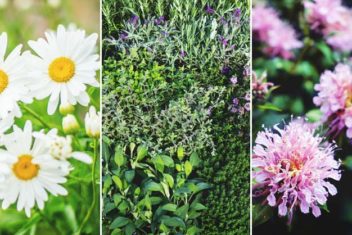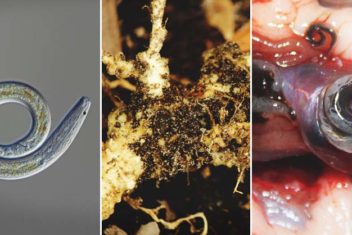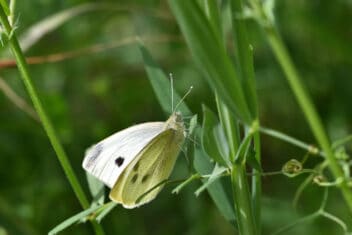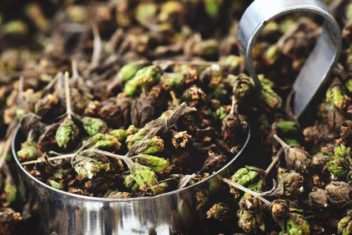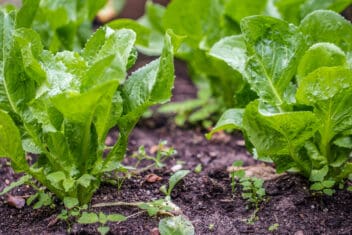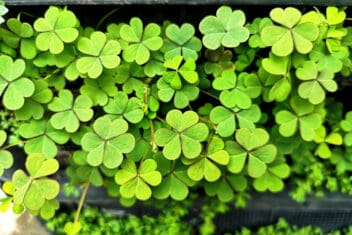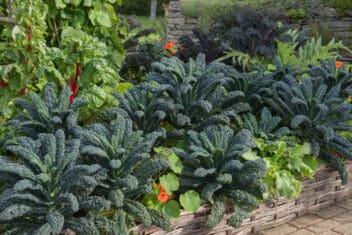If you’re a big tea drinker or if you’re looking for a way to supplement your medicine cabinet in the cheap, it’s time you considered growing an herbal tea garden.
The herbal and flower tea market is big business, and there’s an endless range of teas you can buy for the delicious flavor – or for their various health benefits. Sometimes they’re expensive, and often there are undesirable elements like preservatives and plastic in the makeup of the teabags. Hoping to avoid all that?
Growing your own herbal and flower tea lets you control what goes into your tea, and you get a lot of product for not a lot of cost. Starting a tea garden is as easy as deciding on what herbs and flowers you want to grow, what particular benefits you’re after and what you like the taste of.
You can save a lot of money growing your own teas and at the same time, reap the beneficial health rewards. You can dry your teas or drink them freshly picked and brewed. Either way, growing your own is fun, easy, and good for you.
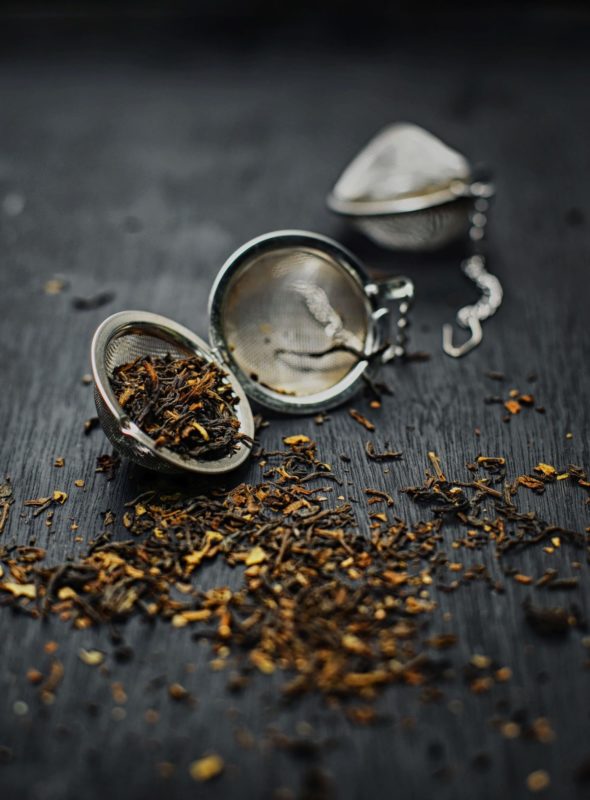
Herb Garden vs. Tea Garden
So what’s the difference between an herb garden and an herbal tea garden? It all comes down to the plants you’re using. There are many herbs you can use for culinary purposes, but that you wouldn’t use for making tea.
One example is rosemary. It’s lovely with your leg of lamb, but not nice in a cup of tea because the taste is overpowering and acidic. Of course, some people like rosemary tea, but there’s a reason you don’t see it on grocery store shelves.
Also, in your tea garden, you can plant flowers that aren’t actually herbs, but make wonderful additions to your tea choices. These flowers also add color to tea gardens, and if you have bees, they will add a beautiful flavor to your honey.
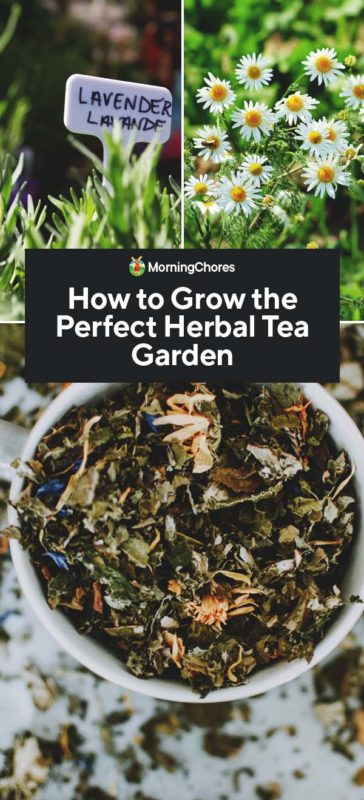
Starting Your Tea Garden
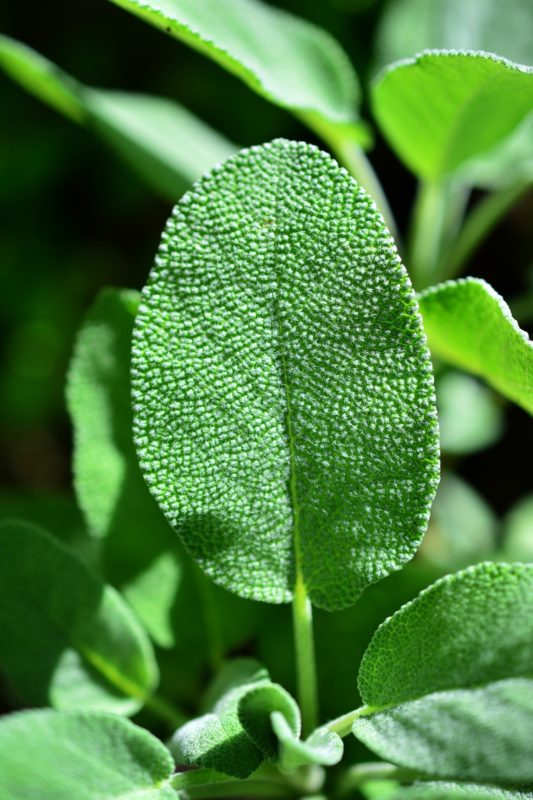
I like to have my tea garden completely separate from my vegetable or herb garden, but it’s purely preference. You can section off a part of an existing garden if you choose, or dedicate an entire space to your herbal tea garden. Most tea herbs can be grown in pots as well, so don’t worry if you’re an apartment dweller or short on space.
Soil
There are a few essential elements you need to have a healthy tea garden. The first is good soil. You’ll want loamy, well-draining soil with a pH between 5 and 7. Dig in well-rotted organic matter and a good quality fertilizer a week before initial planting.
Placement
Next, you need to consider where to put your plants. Most herbs appreciate full sun, but beyond that, you have some flexibility. You can grow a tea garden indoors, on your patio in containers, or in your existing garden. Plant taller things in the back and shorter things in the front for ease of harvest.
Container Growing
An herbal tea garden lends itself perfectly to container gardening. I prefer to use terracotta or stone pots because I don’t like plastic. I figure if I’m going to the effort of growing healthy herbal teas, I don’t want any chemicals near the plants.
You’ll need a good quality potting mix, a fertilizer specific for potted plants, and organic or natural water-retaining material to keep your container plants moist.
Essential Plants for Your Tea Garden
Now comes the fun part – deciding what kind of plants you want in your herbal tea garden. Of course, this is a matter of preference, but there are several plants that I think are essential.
Lavender
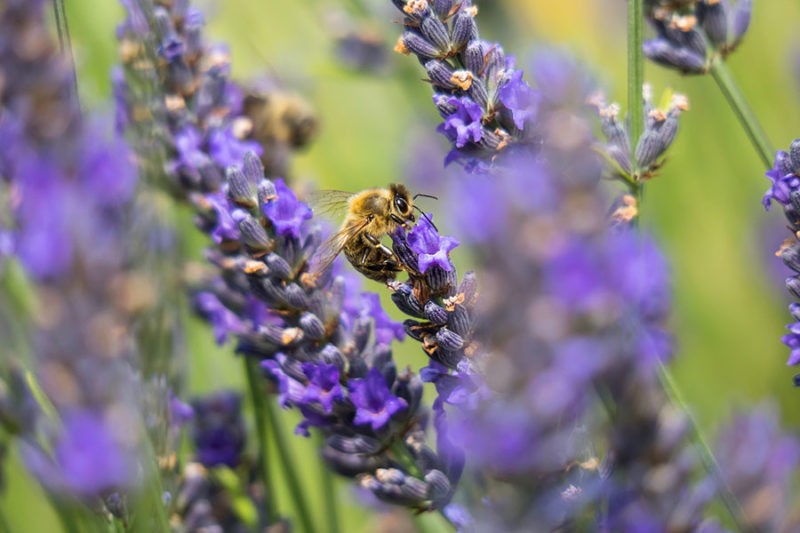
Lavender blossoms make the ultimate herbal tea. The delicate floral aroma and the mint-like flavor is just the thing for a before-bed treat.
Lavender helps:
- Reduce inflammation
- Ease you to sleep
- Boost immunity
Sage
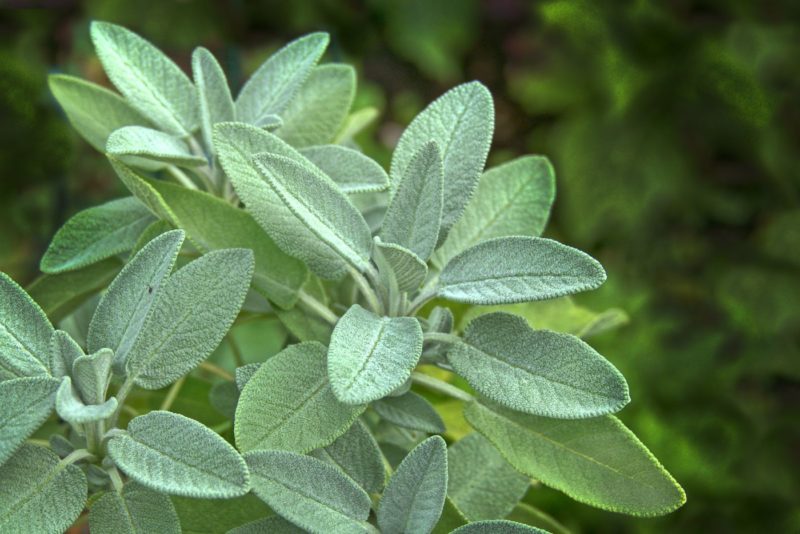
Sage is my all-time favorite herb for tea. I pick five or six leaves, steep them in a cup of hot water and add lemon juice and honey.
Sage has a reputation for being antimicrobial and antifungal. It also:
- supports oral health
- eases the symptoms of menopause
- helps reduce blood sugar
- has a positive effect on bad cholesterol
Mint
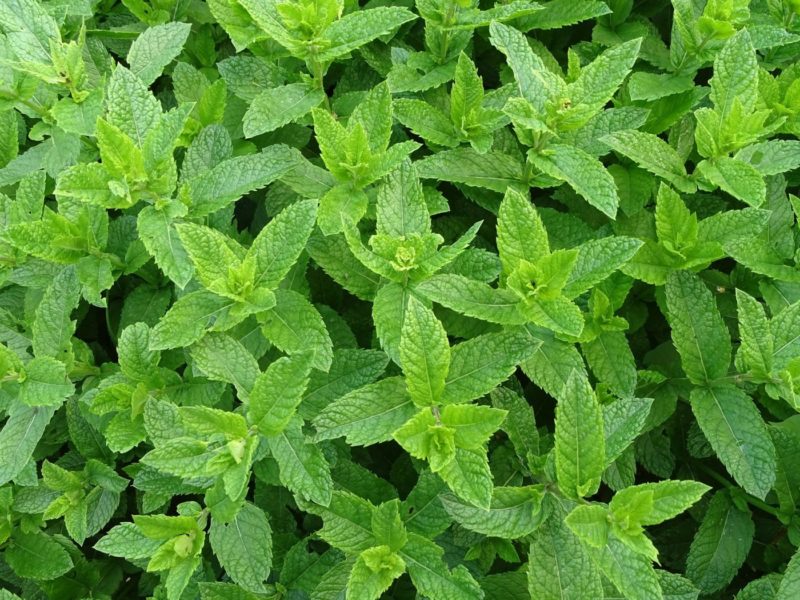
Mint is popular around the world as a tea. It has a sweet, menthol flavor and can be used on its own or mixed with other teas.
The benefits of mint are that it:
- Relieves indigestion
- Decreases pain from breastfeeding
- Relieves nausea
- Reduces stress
- Promotes healthy skin and hair
A word of warning; mint takes over once it’s planted in the ground. It will pop up everywhere. To avoid this, I dig a hole that will fit a pot, and I bury the pot in the garden and plant the mint in the pot. This way, the roots are contained.
Chamomile
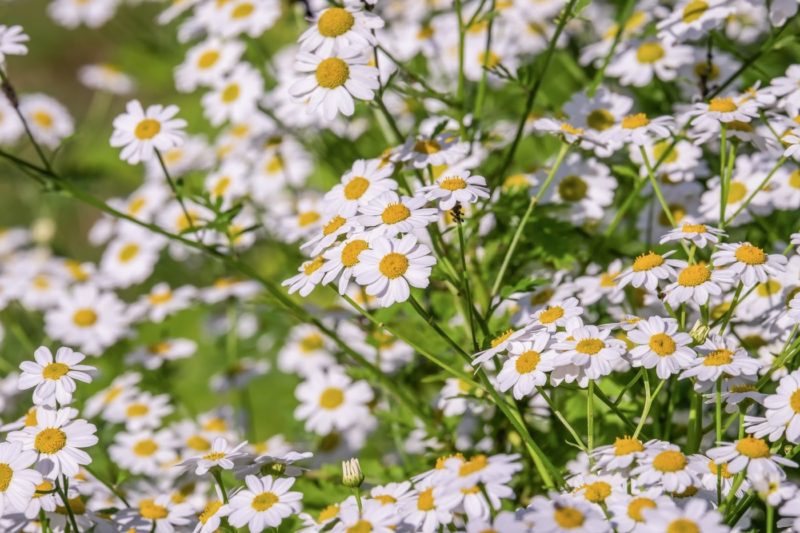
Chamomile looks like wild daisies, adding a delicate touch to the garden. Not just a pretty face, the flowers are perfect for tea. This herb has a grassy, apple flavor that is heavenly with a bit of honey. Chamomile can grow wide and tall, so give it plenty of space. It likes full sun but needs plenty of water in the summer months.
Medicinally, it’s good for:
- Easing stomach cramps
- Relieving migraine pain
- Alleviating stomach ulcer pain
- Boosting the immune system
- Aiding in restful sleep
Thyme
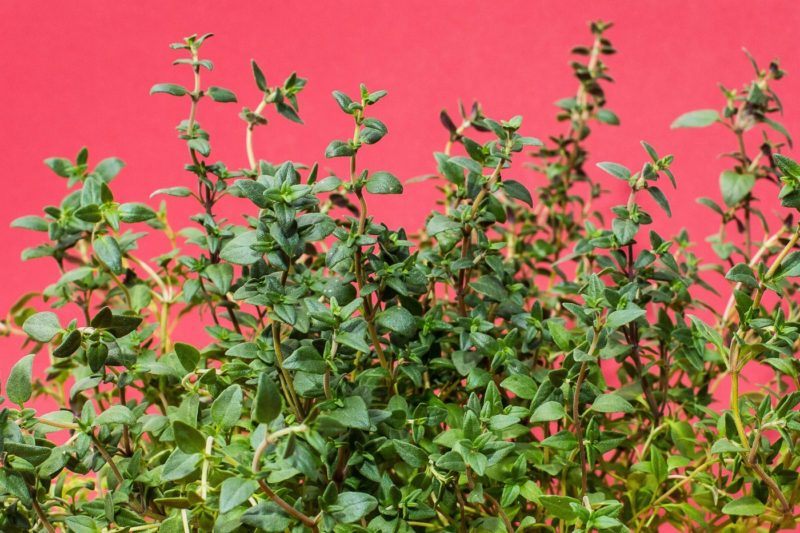
Thyme can be bold, so I generally use about half a teaspoon mixed with equal parts of other herbs, rather than on its own. It’s a compact plant, so it’s perfect for containers. You can use both the leaves and the flowers for tea.
It’s good for easing sore throats, and it has antibacterial properties.
Borage
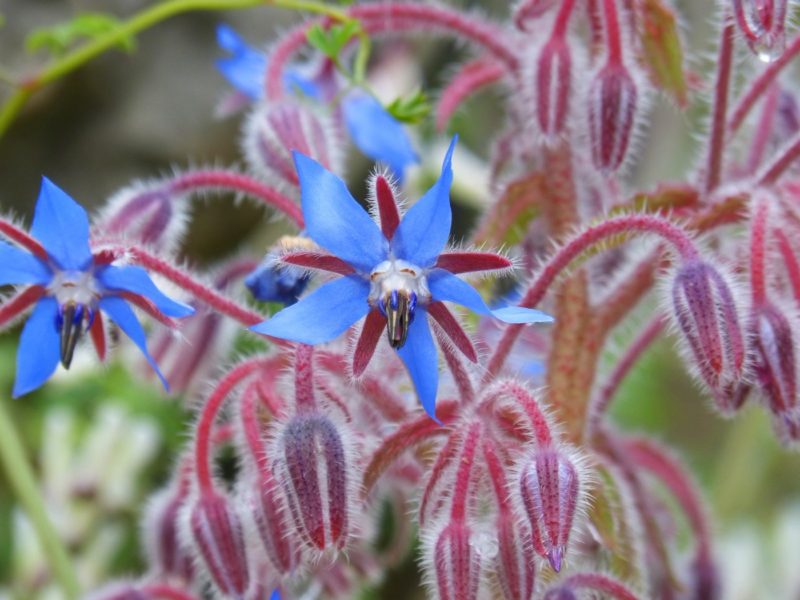
Borage is a favorite of my bees, and it’s an herb that doesn’t get the attention it deserves, in my opinion. It has pretty blue flowers and hairy leaves with a slight cucumber taste. I use both leaves and flowers in my tea.
Borage is high in omega 6, vitamins A and C. In the middle ages, it was given to knights for courage. I don’t know if it helps with that, but there is evidence that it’s good for:
- Relief from cold symptoms
- Reducing anxiety
- Relieving stomach issues
Lemon Verbena
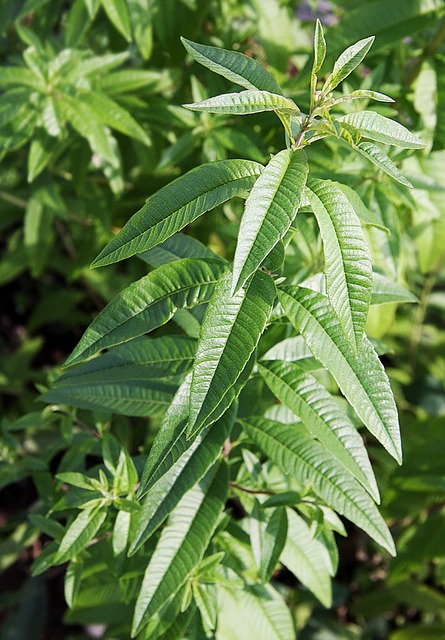
Lemon verbena is a tall perennial that can get as high as six feet. The lemony scent is accentuated when you crush the leaves. It’s a nice addition to your herbal tea if you want a lemon flavor, but don’t like adding lemon juice.
Lemon verbena is good for:
- suppressing appetite if you’re watching your calorie intake
- Reducing inflammation
- Helping digestion
- Easing sore muscles
Other Plants for Tea Gardens
For a truly diverse herbal tea garden, consider the following plants. It’s best to start with a small number of your favorite herbs and flowers and expand as you find what you use the most of.
- Ginger
- Jasmine
- Stevia
- Lemon Grass
- St. John’s Wart
- Calendula
- Echinacea
- Rose
- Lemon balm
- Anise Hyssop
Tending Your Tea Garden
One of the keys to success with an herbal tea garden is to group plants that have similar preferences. If you put a moisture-loving plant next to one that prefers dry, well-drained soil, you’re going to run into trouble.
Plant seeds indoors when the weather is still cold. Use good quality seed raising mix and ensure it’s kept moist. Transfer outside into your garden once nighttime temperatures are above 55°F, and the danger of frost is gone.
Raising herbs from seed is often a temperamental process, so plant more seeds than you’ll need. If you end up with too many successful germinations, give some away or sell them.
For quicker, more reliable results, purchase seedlings from your local plant seller.
Watering
Like all plants, herbs require a balance of not too much water and not too little. I keep the soil moist for plants in the mint family, like lemon balm and peppermint. For Meditteranean herbs, I let the top of the soil dry out a little in between waterings.
It depends on your area so if it’s dry and hot, maintain a moist garden. If the soil dries out, the herbs become woody and some bolt to seed.
Fertilizer
If you plant your tea garden with well-rotted organic matter, all you need to do to keep your herbs and flowers producing is to use a good quality liquid fertilizer once each summer. Potted plants need a bit more nutrition.
Pests and Diseases
There’s no doubt that your tea garden will fall prey to pests. I try not to use any pesticides or insecticides because my goal is to have a healthy alternative to store-bought teas. I don’t want to spray anything on the plants that I’m going to brew.
The best way to deal with pests is to remove any infected parts of the plant and ensure you put plenty of space between plants to avoid downy mildew and other diseases. If you get desperate, deal with pests using a regular application of neem oil.
Harvesting Your Tea
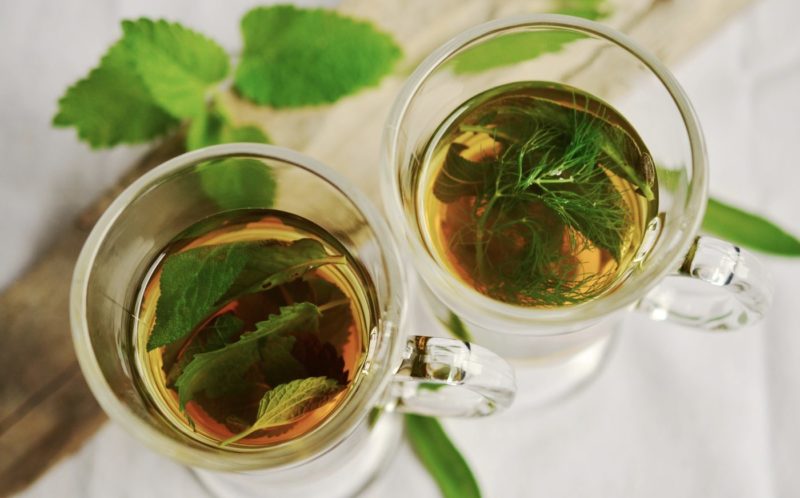
Regardless of whether you use your tea dried or fresh, harvest in the morning to avoid wilting and bitterness.
Fresh
I prefer to pick and make my tea fresh. I’ll grab a few leaves of various plants and place in a cup with boiling water. I add lemon and honey and let it all steep for five to ten minutes.
I like to experiment with various mixtures and strengths, or you can research the recommended portions for the herb you’re using.
Dried
You can also pick and dry your herbs so they’re ready and available when you want them. Drying increases the intensity of the flavor and makes it so that you can have home-grown tea even when your plants are dormant in the winter.
Putting It Together
Herbal teas are one of those things that you can buy, but they’re so much better – not to mention cheaper – when you grow them at home. We want to know how your herbal tea garden adventures go so be sure to share your experiences and any great tea combos you discover.

